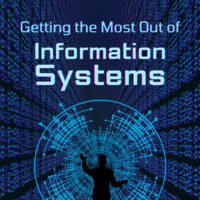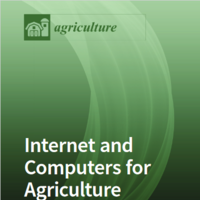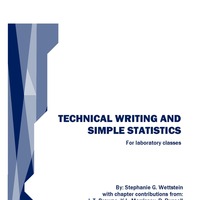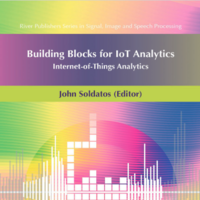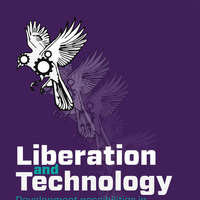Search
Books+
Searching 1,730 books
Search related to the career GIS Analyst
GIS Analysts use various technologies to perform their tasks:
Geographic Information Systems (GIS) Software: GIS Analysts heavily rely on specialized software such as ArcGIS, QGIS, and MapInfo to analyze, manipulate, and visualize geographic data.
Remote Sensing: GIS Analysts utilize remote sensing technologies, including satellite imagery, aerial photography, LiDAR, and radar, to collect and interpret data about the Earth's surface.
Global Positioning System (GPS): GPS technology enables GIS Analysts to collect precise location data in the field, which can be integrated into GIS software for spatial analysis and mapping.
Database Management Systems (DBMS): GIS Analysts work with DBMS platforms like Oracle Spatial, PostgreSQL/PostGIS, and Microsoft SQL Server to store, manage, and query large volumes of spatial data.
Programming Languages: GIS Analysts often use programming languages like Python, R, and JavaScript to automate tasks, develop custom tools, and perform advanced spatial analysis.
Web Mapping Technologies: GIS Analysts utilize web mapping technologies such as Leaflet, OpenLayers, and Google Maps API to create interactive maps and web-based GIS applications.
Data Visualization Tools: GIS Analysts employ data visualization tools like Tableau, Power BI, and D3.js to create visually appealing and informative maps, charts, and graphs.
Spatial Analysis Algorithms: GIS Analysts leverage various spatial analysis algorithms, such as buffering, overlay, interpolation, and network analysis, to derive meaningful insights from geographic data.
Cloud Computing: GIS Analysts utilize cloud computing platforms like Amazon Web Services (AWS), Google Cloud Platform (GCP), and Microsoft Azure to store, process, and share large volumes of spatial data.
Mobile Technologies: GIS Analysts make use of mobile technologies, such as smartphones and tablets, along with specialized mobile GIS applications to collect data in the field and update GIS databases in real-time.
Data Integration and ETL Tools: GIS Analysts employ data integration and Extract, Transform, Load (ETL) tools like FME, Safe Software, and GeoKettle to merge, clean, and transform data from various sources into a unified GIS database.
Machine Learning and Artificial Intelligence: GIS Analysts are increasingly utilizing machine learning and AI techniques to automate processes, classify land cover, detect objects, and extract valuable information from remotely sensed imagery.
Open Source Technologies: GIS Analysts often leverage open source technologies like GDAL, PostGIS, GeoServer, and Leaflet to build cost-effective and customizable GIS solutions.
Big Data Technologies: GIS Analysts work with big data technologies such as Apache Hadoop, Apache Spark, and NoSQL databases to handle and analyze large-scale spatial datasets.
3D Visualization and Virtual Reality: GIS Analysts utilize 3D visualization tools and virtual reality technologies to create immersive and realistic representations of the Earth's surface and built environments.
Source: Various AI tools


